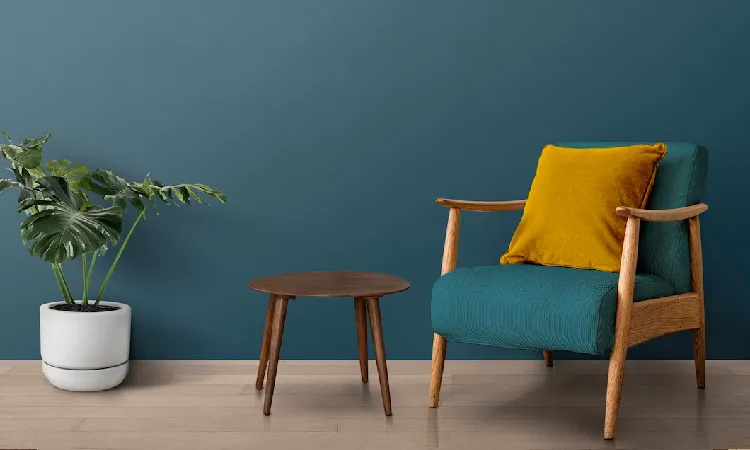Best Interior Designer in Delhi
- Home
- Interior Design

Best Interior Design in Delhi Build With Engineers
Interior design is the art and science of enhancing the interior of a space to make it aesthetically pleasing, functional, and reflective of the inhabitants’ personality and style. Whether you’re a seasoned designer or a homeowner looking to revamp your living space, this comprehensive guide to interior design will provide you with valuable insights and tips to create stunning interiors that harmonize aesthetics and functionality.
- The Essence of Interior Design in Delhi
Interior design is more than just arranging furniture and picking paint colors. It’s about understanding how to use space, color, texture, lighting, and furniture to create a cohesive and appealing environment. Here are the key elements that define interior design:
a. Space Planning: Effective utilization of available space, ensuring optimal flow and functionality.
b. Color Palette: Selection of colors that evoke the desired mood and atmosphere in a room.
c. Furniture Selection: Choosing furniture that complements the room’s style, scale, and purpose.
d. Lighting: Creating the right balance between natural and artificial lighting for both aesthetics and functionality.
e. Texture and Materials: Incorporating a variety of textures and materials to add depth and interest to the design.
- The Role of Interior Design Trends
Interior design is constantly evolving, with new trends emerging regularly. Staying updated with these trends can help you infuse a fresh, contemporary look into your interiors. Some current interior design trends include:
a. Biophilic Design: Incorporating natural elements like plants, natural light, and organic materials to connect with nature.
b. Sustainable Design: Utilizing eco-friendly materials, energy-efficient appliances, and environmentally conscious design principles.
c. Vintage and Retro: Nostalgic designs from the past, such as mid-century modern or Art Deco, are making a comeback.
d. Maximalism: Embracing bold colors, patterns, and eclectic decor to create visually captivating spaces.
e. Minimalism: Simplifying interiors with clean lines, a neutral color palette, and a focus on functionality.
- Creating a Personalized Design
Your home should be a reflection of your personality and lifestyle. To create a personalized interior design:
a. Consider Your Preferences: Identify your preferred color schemes, styles, and themes.
b. Incorporate Personal Items: Showcase your collections, artwork, and cherished possessions to add a unique touch.
c. Functionality Matters: Prioritize practicality and organization to ensure your design meets your daily needs.
- Budgeting and Planning
Interior design projects can vary in scale and cost. Set a realistic budget and plan accordingly:
a. Prioritize Spending: Allocate your budget to high-impact areas such as furniture and key design elements.
b. Research and Compare: Shop around for materials and furnishings to get the best value for your budget.
c. Consider DIY: If you’re on a tight budget, some aspects of the design can be accomplished through DIY projects.
- Seeking Professional Help
While many homeowners enjoy DIY projects, sometimes it’s best to seek the expertise of an interior designer. They can provide:
a. Expertise and Creativity: Designers bring fresh ideas and creative solutions to your space.
b. Industry Knowledge: They are aware of the latest trends, materials, and technologies.
c. Time and Stress Savings: Professionals can streamline the design process, saving you time and effort.
Conclusion
Interior design is a dynamic field that combines art and science to transform living spaces. Whether you’re a novice looking to revamp your home or a seasoned designer seeking inspiration, this guide provides valuable insights into the world
Spectacular Interiors
Accuntuate Vision
Affordable Works
Proper Decorations
